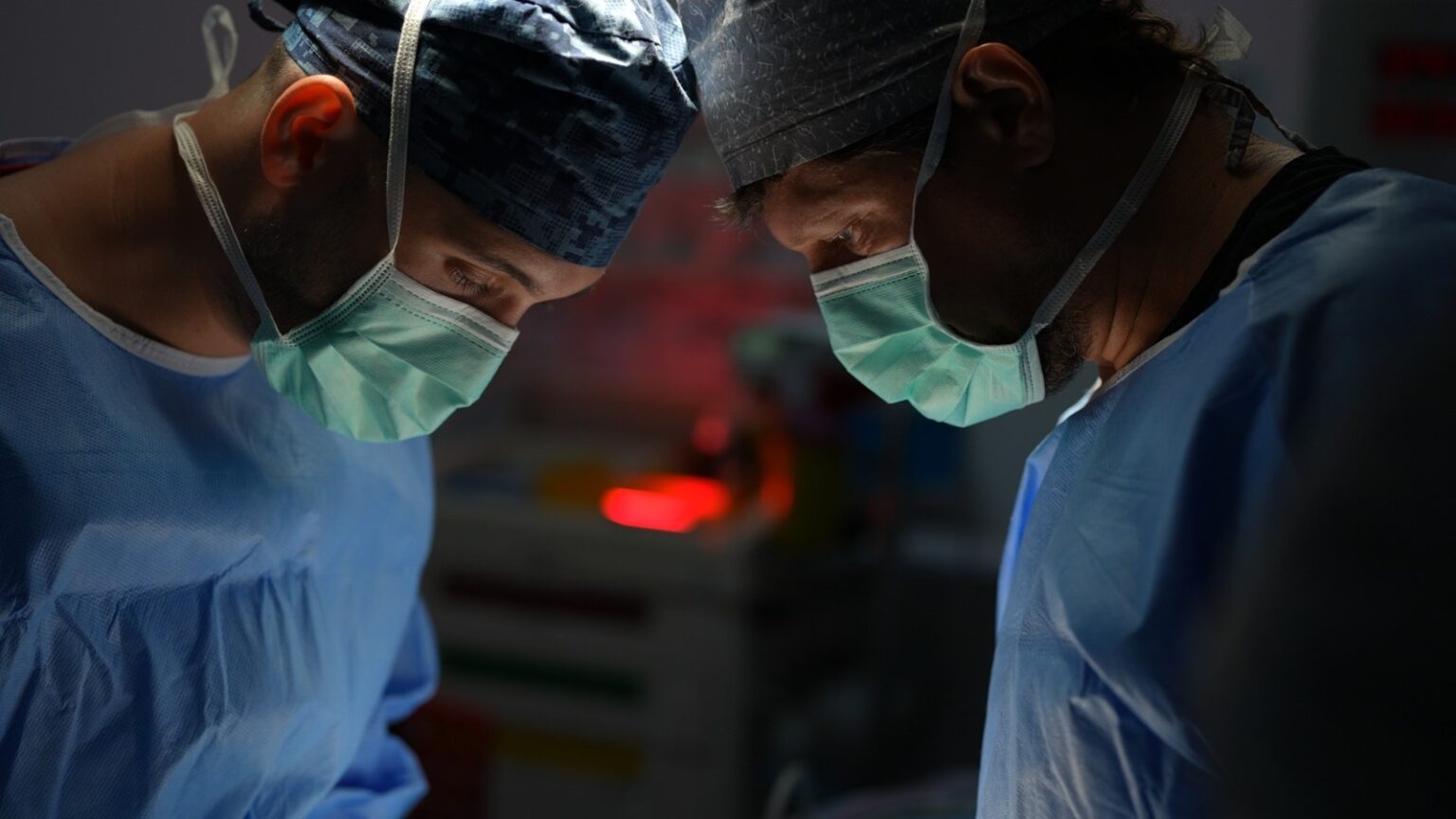Gynecomastia

What is Gynecomastia?
Gynecomastia is the abnormal enlargement of breast tissue in men, caused by various factors including genetic problems, hormonal imbalances, liver diseases, cirrhosis, cancer, alcohol addiction, regular drug use, and excess weight. Although it can occur at any age, gynecomastia is most commonly seen during adolescence.
How is Gynecomastia Surgery Performed?
The treatment for gynecomastia begins with diagnosing the underlying hormonal disorder. The treatment plan is tailored to the specific type of gynecomastia. Gynecomastia surgery, performed under general anesthesia, typically takes 1-3 hours. During the surgery, excess breast and fatty tissue are removed. Depending on the patient’s condition, the surgery can be done via liposuction, tissue excision, or a combination of both. The incisions are usually small and strategically placed around the armpit or areola. Depending on the size of the excess tissue and skin to be removed, the scar may need to be in an inverted T shape.
Techniques Used in Gynecomastia Surgery
- Vaser Liposuction: This technique uses ultrasonic sound waves to break down fat tissue. It is performed under general anesthesia. Post-surgery, a compression garment is worn for 1-2 weeks. Adhering to the doctor’s post-operative care instructions ensures optimal results.
- Laser Liposuction: This method involves using a laser beam to liquefy and remove fat. The procedure includes skin tightening and is performed under general anesthesia. A compression garment is worn for 1-2 weeks after surgery. Following the doctor’s recommendations is crucial for success.
- Surgical Method: This involves removing the mammary gland and fat tissues using classical liposuction techniques. For cases with significant excess fatty tissue and mammary gland, surgical methods may be more suitable. A compression garment is worn for 3 weeks post-surgery. Following the doctor’s post-operative care meticulously helps achieve successful outcomes.
Symptoms of Gynecomastia
Consult a doctor if you experience any of the following symptoms:
- Abnormally large breasts
- Tenderness in the breast area
- Pain and swelling in the breasts
- Discharge from one or both nipples
Does Gynecomastia Relapse?
Gynecomastia typically does not recur if the underlying cause is correctly identified and treated. However, if caused by hormonal changes, medication, excess weight, or genetic factors, gynecomastia may return if these causes are not controlled.
At What Age is Gynecomastia Surgery Performed?
Gynecomastia surgery is usually performed after breast development is complete, typically after age 18. However, age restrictions may vary based on individual conditions and needs.
Who is at Risk of Gynecomastia?
Gynecomastia can affect men of all ages, including:
- Adolescents
- Individuals with a family history of gynecomastia
- Overweight or obese men
- Men with hormonal imbalances
- Elderly men
- Men using steroids or androgens
- Individuals with liver, kidney, or thyroid issues
- Those leading an unhealthy lifestyle
Pre-Surgery Considerations for Gynecomastia
- Do not eat or drink anything for at least 8 hours before the operation.
- Provide your doctor with detailed health information, including chronic diseases, past illnesses, genetic conditions, and any medications you take regularly.
- Quit or reduce smoking, as nicotine can slow down the healing process.
- Discontinue aspirin and similar blood thinners one week before the surgery, following your doctor’s advice.
- Stop taking herbal supplements and weight-loss medications.
Post-Surgery Considerations for Gynecomastia
- Take the prescribed antibiotics regularly as directed by your doctor.
- Rest at home for 1-2 weeks after the surgery.
- Avoid or reduce smoking, as nicotine can hinder the healing process.
- One week after surgery, you can take a warm bath and resume daily activities, wearing the special compression garment recommended by your doctor.
- Avoid heavy sports and strenuous activities for the first two months.
- Refrain from movements that strain the arm and chest muscles.
Treatment Summary
Inclusive Package
Hotel, Transfer, Assistance
Operation Duration
1 - 3 Hours
Anesthesia
General Anesthesia
Stay Duration
5-10 days